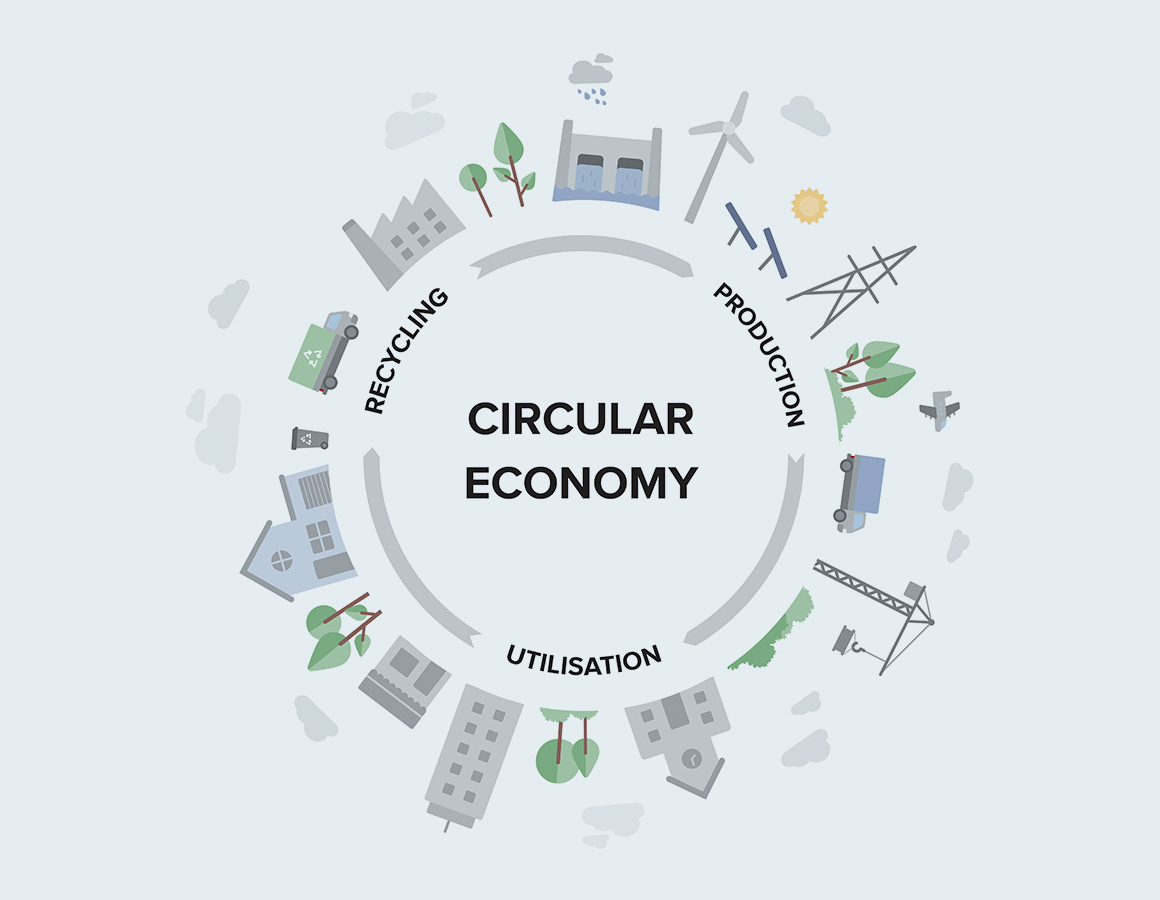PP2: Global Media
In our interconnected world, trends in entertainment, popular culture, business, education, and politics spread more rapidly and widely than ever before. Social media, streaming services, and global trade have effectively erased borders when it comes to the flow of ideas, innovation, and influence. As trends emerge in one part of the world, they frequently make their way to others—especially to the United States—through widespread media coverage, public discourse, and the magnetic pull of digital virality. This essay explores several global movements shaping various sectors of life and examines how and why these movements are likely to influence U.S. culture, business, education, and politics.
Entertainment:
One of the most striking world trends is the universalization of popular culture and entertainment. Entertainment from Latin America, Asia, and Africa has become extraordinarily popular far beyond their native areas in recent years.
K-Pop and Global Music:
K-pop, once a niche market, has become an international phenomenon today. K-pop groups such as BTS and BLACKPINK dominate the charts, receive Grammy nominations, and have tens of millions of fans on social media. Their popularity is not just audio but a bringing of more cultural trends towards globalized cross-cultural exchange in the age of social media. The production quality of K-pop, choreographed synchronization, and highly engaged fandom are all a template for global stardom, wherein art meets activism and fandom equals community.
The same trend occurs in Latin music, with artists like Bad Bunny, Rosalía, and J Balvin breaking records and language barriers. They are now household names in the U.S., demonstrating that entertainment does not necessarily need to be English in order to be mainstream in America.
Benito Antonio (@badbunnypr) • Instagram photos and videos
Streaming Services:
Streaming platforms like Netflix, Amazon Prime, and Disney+ have also fueled interest in foreign films and series. Shows such as “Squid Game” (South Korea), “Money Heist” (Spain), and “Lupin” (France) have seen enormous success in the U.S., demonstrating Americans’ growing appetite for international storytelling. This reflects a shift away from traditional Hollywood dominance and suggests a future in which entertainment is more diverse and decentralized.
Circular Economy:
Scandinavian and Dutch nations in Europe are leading the way in circular economy and sustainable business models—models that recycle, repair, and reuse to reduce waste. Swedish and Finnish businesses are redesigning products for longevity, and Amsterdam is envisioning consumption to make it less harmful to the environment.
As the climate crisis deepens and demand for ethically made consumer products rises, these models are gaining traction in the United States. Patagonia and Allbirds are just a few examples of companies already embracing circular practice, and large corporations now feel pressure to make sustainable decisions. With global media reporting on climate change, such global innovations are being viewed increasingly as a necessity and a business opportunity in America.
Another important trend is the growth of digital payment mechanisms and financial technology (fintech) solutions, notably in Africa and Asia. M-Pesa in Kenya has revolutionized mobile banking among the underbanked population, while in China, Alipay and WeChat Pay dominate cashless transactions.
The U.S., long reliant on credit cards and slow banking systems, is beginning to embrace these innovations. The Federal Reserve is examining digital money, and mobile payments like Venmo and Cash App are gaining traction. As fintech has succeeded overseas and as media bring attention to financial inclusion, international fintech trends are more likely to influence the U.S. financial system.
Climate Activism:
International activism like Fridays for Future, led by Swedish activist Greta Thunberg, has triggered climate protests and policy discussions across the globe, including the United States. The youth-led movement has gained attention both in traditional media and social media, creating widespread awareness and pressure.
The U.S. is witnessing a new generation of voters making increasingly greater significance of climate policy, partly catalyzed by international debate and mainstream coverage of climate catastrophe and activism overseas. The U.S. politicians and corporations are responding to this demand, demonstrating how activism worldwide can generate domestic change.
Fridays For Future is an international climate movement active in most countries and our website offers information on who we are and what you can do.
Conclusion:
As digital technology shrinks distances between nations and cultures, global trends are no longer confined to their countries of origin. Through streaming platforms, viral content, international news, and social media, movements in entertainment, business, education, and politics easily cross borders—often reshaping how Americans think, act, and vote. Historically an exporter of culture, America is increasingly becoming a cultural importer as well. Asian, European, African, and Latin American trends are coming into American mainstream consciousness at velocity and intensity, fueled by free media and a global hunger for diversity and innovation. As global issues like climate change, education equity, and digital disruption make headlines, the trends that are shaping the world today are not only going to reach the U.S, they already have.

Comments
Post a Comment